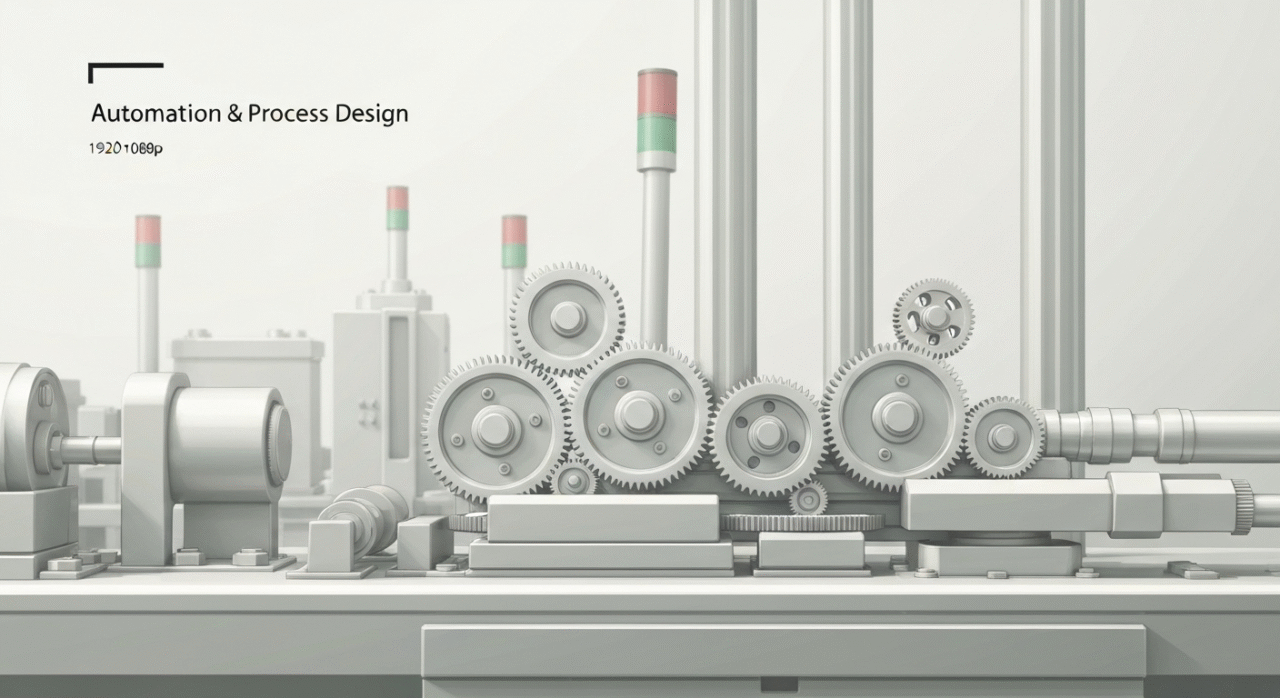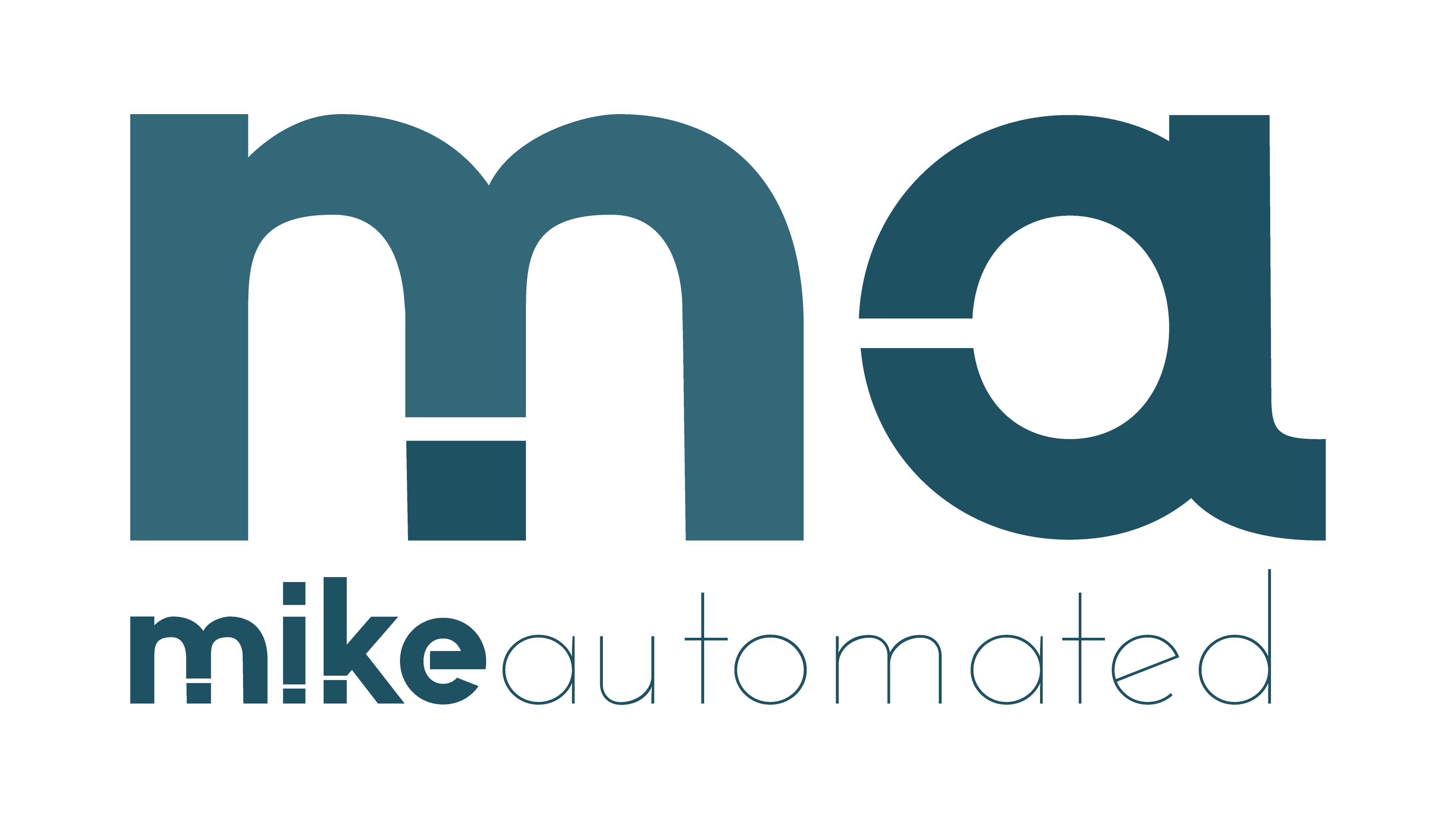- What to avoid: Automating the Wrong Tasks wastes time and money and shifts effort away from real bottlenecks.
- Start with analysis: Use process analysis and an efficiency audit to identify high-impact targets.
- Design for impact: Build automations that fix bottlenecks, not cosmetic tasks that only create tickets.
- Test and iterate: Run pilots, measure outcomes, and adjust before scaling.
- Visualize value: Use simple visuals to communicate impact to stakeholders.
What is Automating the Wrong Tasks?
Automating the Wrong Tasks is when a team automatically replaces manual steps that do not constrain capacity or quality. The result is speed without value and a false sense of progress. In practice, teams often chase trendy automation tools or automate steps that should happen later in a process. This misalignment erodes ROI and creates complexity that is hard to unwind.
To avoid this pitfall, you must connect automation decisions to actual process performance. That means looking beyond shiny dashboards and focusing on where time, effort, and error rates pile up. It also means framing automation around process optimization goals rather than tool adoption alone.
Why Automating the Wrong Tasks Happens
Many organizations begin with a habit of automating whatever is top of mind. They see a popular tool and assume it will transform work. They miss the fact that automation delivers value only when it tackles a bottleneck, a high-volume task, or a recurring error. This bias toward workflow automation without a clear problem statement leads to wasted cycles.
Another driver is misaligned incentives. If a team is rewarded for faster task completion rather than outcomes, they may automate the wrong steps to appear efficient. A ROI of automation is only real when improvements translate into more capacity or better quality with the same or lower cost.
How to Avoid Automating the Wrong Tasks
Prevention starts with rigorous analysis. We use process analysis and an efficiency audit to map value and pain points. This framework helps teams distinguish between quick wins and strategic bets. It also creates a clear link between automation targets and measurable outcomes.
Key steps include defining success metrics, prioritizing by impact and feasibility, and designing automation around bottlenecks. The goal is to automate the right work, not merely automate more work. Through this discipline, Automating the Wrong Tasks becomes a rare exception rather than a pattern.
Efficiency Audit: A Practical Framework
An efficiency audit examines where time is spent, where errors occur, and where handoffs create friction. It combines data analysis, stakeholder interviews, and process mapping. With a solid audit, you can quantify potential gains from automation and compare them against the effort required to implement changes.
In practice, the audit answers questions like: Which tasks produce the most rework? Which handoffs cause the longest cycle times? Where can automation remove variability without sacrificing flexibility?
For more guidance, see our process analysis resources and case studies that show how audits translate into concrete automation bets. A well-executed efficiency audit reduces risk and increases the likelihood that automation delivers sustained value.
Step-by-Step: Automating the Right Tasks
Below is a structured approach to ensure you invest in the right automation. Each step focuses on outcomes and verifiable impact rather than tool adoption for its own sake.
1) Map the current process
Start with a clear map of the end-to-end process. Capture who does what, when, and what data moves between steps. A precise process map reveals hidden handoffs that often become bottlenecks when automated.
2) Define success metrics
Agree on metrics that reflect real value, such as cycle time, defect rate, or worker utilization. Tie each metric to a concrete automation goal. This alignment ensures you measure the right outcomes, not just activity.
3) Identify bottlenecks and high-value tasks
Use data to locate the slowest steps and the most error-prone areas. Prioritize tasks whose automation will reduce cycle time or improve accuracy the most. This focus helps avoid Automating the Wrong Tasks and shifts effort to leverage bottlenecks.
4) Design targeted automations
Design automation that directly addresses the bottleneck. Keep scope small and testable. Favor deterministic tasks with clear inputs and outputs to minimize surprises during deployment.
5) Pilot and measure
Run a controlled pilot to validate impact before full rollout. Compare pre- and post-pilot metrics and document lessons learned. A successful pilot proves that automation investments generate real value.
6) Scale with governance
Scale only after establishing governance, change management, and a decision framework for future automation. Create a backlog of vetted opportunities and a repeatable design pattern. This governance prevents new instances of Automating the Wrong Tasks.
Practical Example: A Misguided Automation Scenario
Consider a sales operations team that automates every incoming email quickly. The team believes automation speeds response times, but the bottleneck is actually the lead qualification process performed by humans. Automating the initial email reply adds minutes of automated chatter but does nothing to improve conversion or meeting quality. The result is unlocked email volume with unchanged win rates and higher maintenance costs for the automation itself.
In this scenario, a better approach would be to focus on process optimization of lead qualification. Automating the screening rules and routing only the hot leads can reduce manual effort while accelerating the path to meaningful sales conversations. This small but targeted automation yields a larger ROI and avoids the trap of Automating the Wrong Tasks.
Key takeaway: if automation does not change outcomes that matter to customers, it is a candidate for re-evaluation. Use a short cycle of testing, measurement, and adjustment to verify that the automation adds real value before expanding scope.
Tools, Techniques, and Quick Wins
- Process mapping and value-stream analysis to uncover bottlenecks.
- Cost-benefit analysis to compare automation effort against expected gains.
- Pilot programs to test assumptions with real data.
- Governance that enforces a standardized automation backlog and review cadence.
- KSIs (key success indicators) tied to business outcomes, not activity counts.
As you implement these practices, remember to keep the emphasis on workflow automation that supports process improvement, not just faster task execution. When you assess potential automations, ask: does this change reduce cycle time, error rates, or rework in a way that matters for customers and stakeholders?
Visualizing Impact: A Simple Way to Communicate
Visualization helps teams and leaders grasp how automation affects value. A straightforward flowchart can show Automating the Wrong Tasks vs Automating the Right Tasks paths, highlighting bottlenecks and outcomes. Consider an infographic that contrasts pre-automation and post-automation timelines, error rates, and workload distribution. This visual makes the ROI clear and aligns teams around a shared goal.
Suggested visual: show a left column labeled Current Process with bottlenecks and rework icons, and a right column labeled Automated Process with streamlined steps and measurable gains. Include a legend for metrics like cycle time, defect rate, and capacity increase. 
Conclusion: Act with Intent
Automation offers powerful benefits, but only when it targets the right work. By grounding decisions in process analysis and an efficiency audit, you can avoid Automating the Wrong Tasks and direct effort toward impactful improvements. Design with clear metrics, test in pilots, and scale with governance. The payoff is a more efficient, resilient operation that delivers real value to customers.
If you want a practical starter kit, explore our automation checklist to assess current projects and prioritize upcoming changes. Ready to move from trend to traction? Begin with a single, well-scoped automation that proves value, then expand thoughtfully. Your future efficiency depends on what you choose to automate today.



